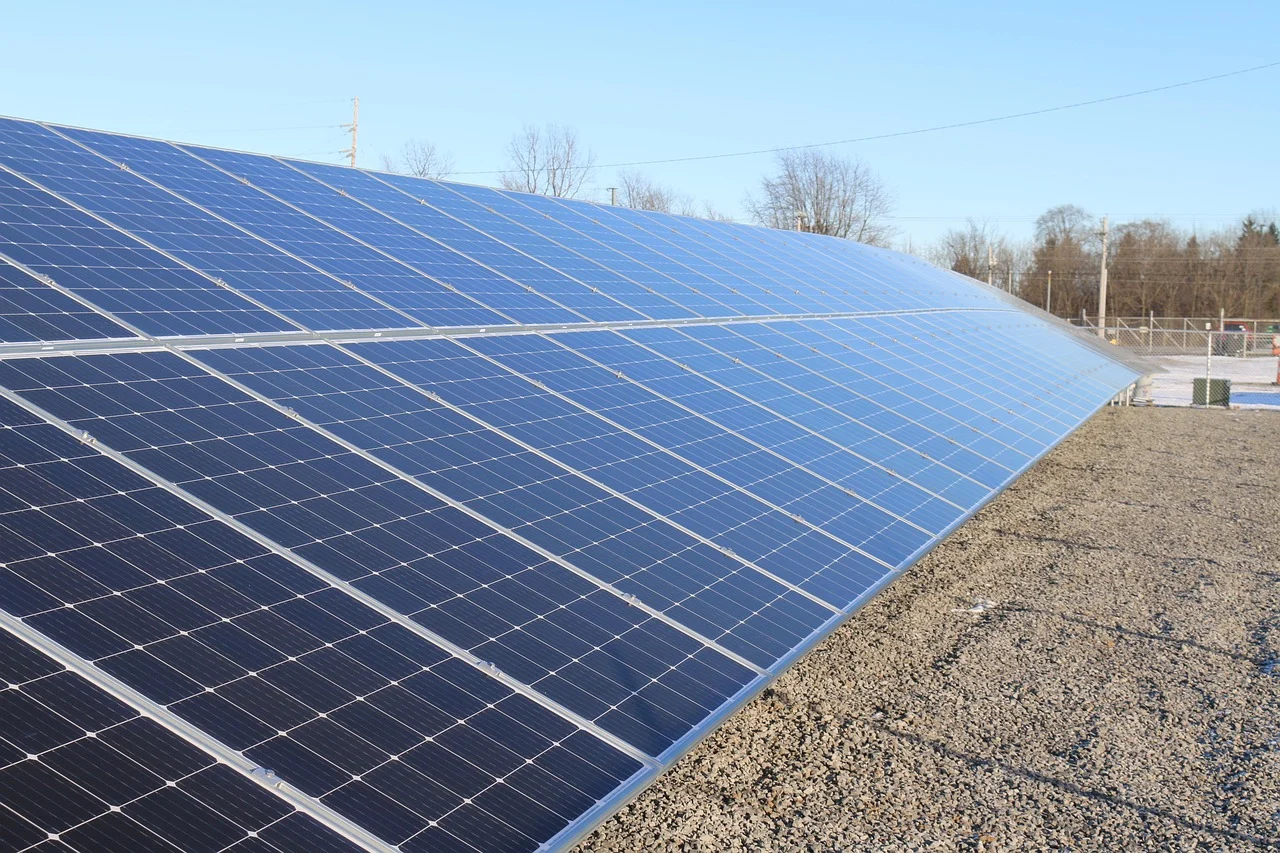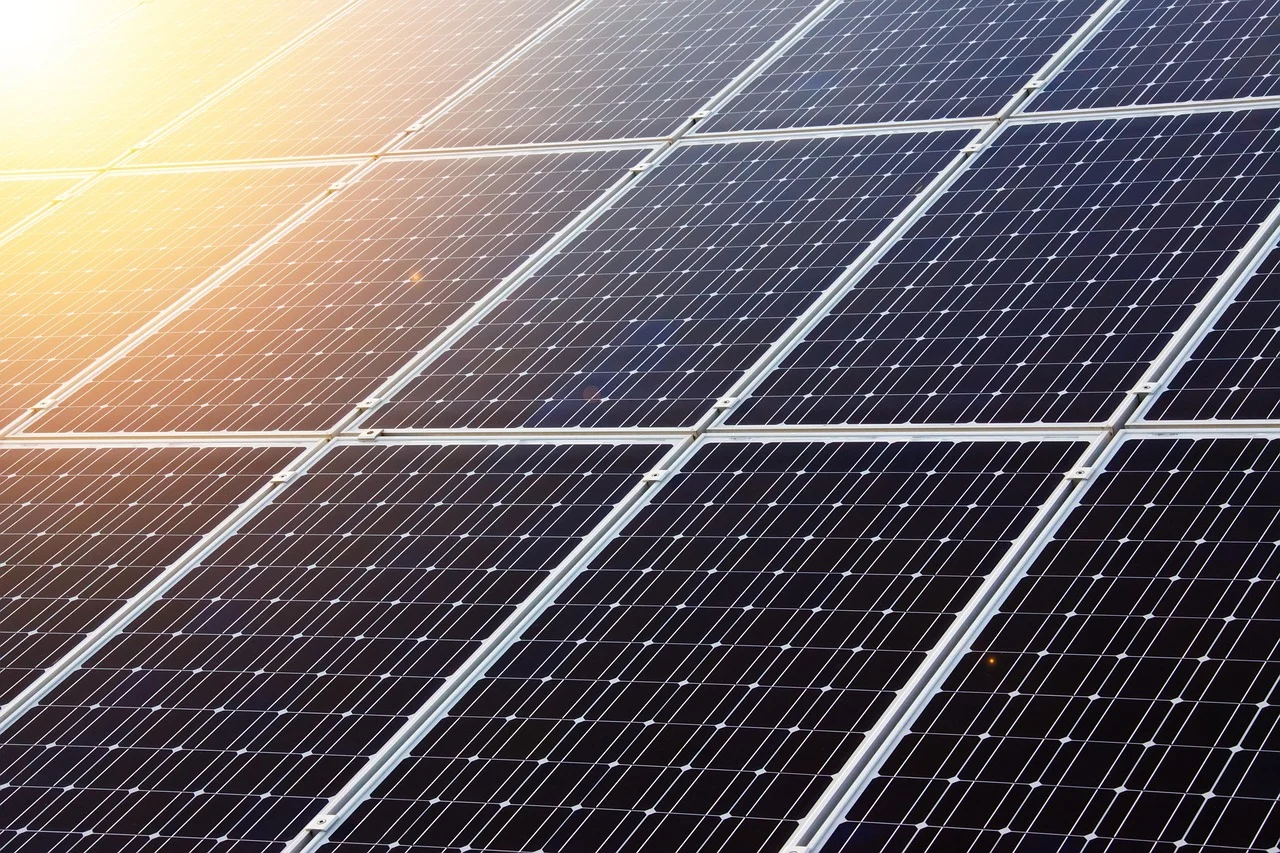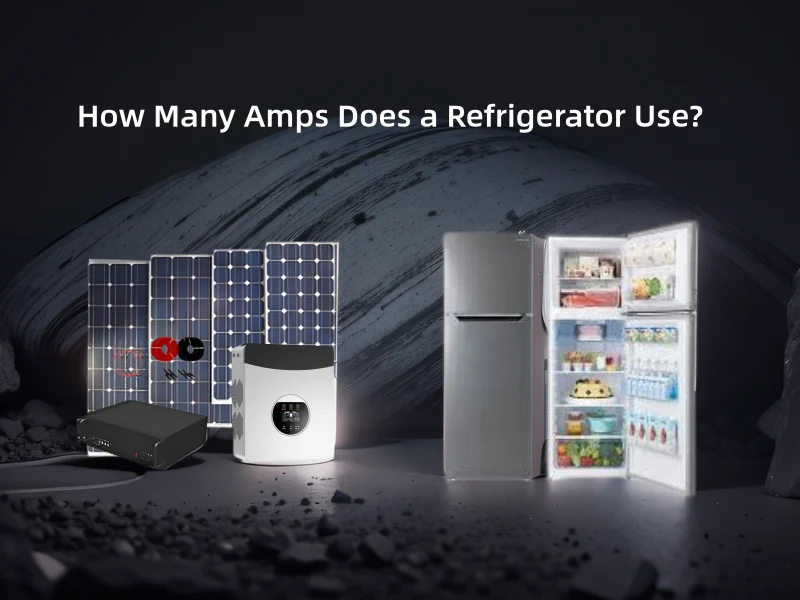As solar energy adoption continues to rise, many homeowners and investors are asking: How many homes would an acre of solar panels provide? The answer depends on several factors, including panel efficiency, geographical location, and energy consumption per household. In this article, we’ll break down the numbers, explore key influencing factors, and discuss the cost of a 1-acre solar farm.
How Much Energy Does an Acre of Solar Panels Produce?
The amount of electricity solar panels can generate on an acre of land depends on the efficiency of the panels and the surrounding environmental conditions. On average, a square acre of solar panels will generate approximately 350 to 450 megawatt-hours of electricity per year. For simplicity, we will assume it to be 400 megawatt-hours per year.
How many families can this electricity power, then?
This entails a comparison between the 400 megawatt-hours of electricity generated and the average electricity consumed by each household.
The typical American home uses about 10,600 kilowatt-hours of electricity each year, or 10.6 megawatt-hours, according to the U.S. Energy Information Administration (EIA).
Using this figure, we calculate:
400MWh/10.6MWh=37.7homes
Thus, one acre of solar panels can power approximately 37 to 38 homes annually under standard conditions.
Factors That Impact Solar Panel Energy Output
While the above calculation provides a general estimate, several factors can influence how much energy a 1-acre solar farm produces:
1. Geography
Solar panels collect more energy in sunnier states like California, Arizona, and Texas than they do in cloudier states like the Pacific Northwest. Solar electricity production can be 20-30% more in states where solar irradiance is high.
2. Panel efficiency
How efficient the solar panels are counts. New panels are usually 18-22% efficient, while older panels, lower-quality or lower-priced models might not be as efficient and as effective at converting light from the sun into electricity.
3. Mounting design
The alignment of the solar panels, the tilt angle, and whether or not they are fitted with a tracking system can all affect energy production. The installation of a solar tracking system can increase energy output by 30% compared to fixed-tilt panels.
4. Shading and obstructions
Trees, building, and dust shading the solar panels can all affect panel performance. Proper maintenance and positioning of the panels in the best locations can reduce efficiency.
5. Seasonal variation
Solar output fluctuates seasonally, with the highest in summer and the lowest in winter. Regions with longer daylight hours will have higher annual output.
How Much Does a 1-Acre Solar Farm Cost?
The cost of installing a 1-acre solar farm depends on panel type, labor costs, and system components like inverters and racking. Here’s a cost breakdown:
| Expense Category | Estimated Cost Range |
| Solar Panels (1,000–1,500 panels) | $200,000 – $300,000 |
| Inverters | $30,000 – $50,000 |
| Racking & Installation | $50,000 – $100,000 |
| Permitting & Engineering | $10,000 – $30,000 |
| Total Cost | $300,000 – $500,000 |
How Much Money Can a 1-Acre Solar Farm Make?
As much money a 1-acre solar farm earns is based on the price of electricity, whether there are subsidies, and how much to be sold for renewable energy credits (RECs).
Revenue from sale of electricity:
If electricity is sold at $30/MWh, it can earn $12,000 per year.
If electricity is sold at $60/MWh, it can earn $24,000 per year.
Revenue from renewable energy credits (RECs):
RECs range from $15 to $40/MWh, and that brings in an extra $6,000 to $16,000 per year.
Add up all that:
$20,000 to $40,000 yearly.
And the good news is that incentives like the federal investment tax credit (ITC) can pay up to 30% of the installation cost, so solar farms are even more lucrative.
Comparing Residential vs. Utility-Scale Solar Installations
A 1-acre solar installation differs from residential rooftop solar in several ways:
| Feature | Residential Solar | 1-Acre Solar Farm |
| Installation Size | 5-15 kW | 250-500 kW |
| Homes Powered | 1-2 homes | 37-38 homes |
| Cost | $10,000 – $30,000 | $300,000 – $500,000 |
| Revenue Potential | Lower savings | Earns up to $40,000/year |
Large-scale solar farms benefit from economies of scale, making them a cost-effective way to generate renewable energy.
FAQs About 1-Acre Solar Farms
- How many solar panels are on one acre of land?
A 1-acre solar farm will have 1,000 to 1,500 solar panels, depending on panel size and spacing.
- How many homes can be powered by one acre of solar panels?
If it generates 400 megawatt-hours of electricity per year, on average, one acre of solar panels will power 37 to 38 homes.
- How much land is needed to energize 1,000 homes?
Since a single acre of land can energize 37 to 38 homes, it would take around 26 to 28 acres of land to energize 1,000 homes.
- Can a 1-acre solar farm make a profit?
Yes! A 1-acre solar farm can earn $20,000 to $40,000 per year, which is a good profit in the long run, with government subsidies, of course.
- How long is the payback time for a 1-acre solar farm?
It takes around $300,000 to $500,000 to install and usually pays for itself in 10 to 15 years, depending on subsidies and the cost of electricity.
Conclusion: The Growing Potential of 1-Acre Solar Farms
With the rising demand for renewable power, a 1-acre solar farm is an efficient way to generate electricity. On average, 1 acre of solar panels can power 37 to 38 homes in a year, so it is a great green energy alternative.
Now that solar technology continues to get better and more affordable, solar farms are more attractive to invest in. For use at home or as a business investment, solar farms can give clean, renewable power to the community and turn a profit, so it is a win-win option.
Looking to test solar power? Visit us and learn more about our solutions!





 Afrikaans
Afrikaans Albanian
Albanian Amharic
Amharic Arabic
Arabic Armenian
Armenian Azerbaijani
Azerbaijani Basque
Basque Belarusian
Belarusian Bengali
Bengali Bosnian
Bosnian Bulgarian
Bulgarian Catalan
Catalan Cebuano
Cebuano Chichewa
Chichewa Chinese (Simplified)
Chinese (Simplified) Chinese (Traditional)
Chinese (Traditional) Corsican
Corsican Croatian
Croatian Czech
Czech Danish
Danish Dutch
Dutch English
English Esperanto
Esperanto Estonian
Estonian Filipino
Filipino Finnish
Finnish French
French Frisian
Frisian Galician
Galician Georgian
Georgian German
German Greek
Greek Gujarati
Gujarati Haitian Creole
Haitian Creole Hausa
Hausa Hawaiian
Hawaiian Hebrew
Hebrew Hindi
Hindi Hmong
Hmong Hungarian
Hungarian Icelandic
Icelandic Igbo
Igbo Indonesian
Indonesian Irish
Irish Italian
Italian Japanese
Japanese Javanese
Javanese Kannada
Kannada Kazakh
Kazakh Khmer
Khmer Korean
Korean Kurdish (Kurmanji)
Kurdish (Kurmanji) Kyrgyz
Kyrgyz Lao
Lao Latin
Latin Latvian
Latvian Lithuanian
Lithuanian Luxembourgish
Luxembourgish Macedonian
Macedonian Malagasy
Malagasy Malay
Malay Malayalam
Malayalam Maltese
Maltese Maori
Maori Marathi
Marathi Mongolian
Mongolian Myanmar (Burmese)
Myanmar (Burmese) Nepali
Nepali Norwegian
Norwegian Pashto
Pashto Persian
Persian Polish
Polish Portuguese
Portuguese Punjabi
Punjabi Romanian
Romanian Russian
Russian Samoan
Samoan Scottish Gaelic
Scottish Gaelic Serbian
Serbian Sesotho
Sesotho Shona
Shona Sindhi
Sindhi Sinhala
Sinhala Slovak
Slovak Slovenian
Slovenian Somali
Somali Spanish
Spanish Sundanese
Sundanese Swahili
Swahili Swedish
Swedish Tajik
Tajik Tamil
Tamil Telugu
Telugu Thai
Thai Turkish
Turkish Ukrainian
Ukrainian Urdu
Urdu Uzbek
Uzbek Vietnamese
Vietnamese Welsh
Welsh Xhosa
Xhosa Yiddish
Yiddish Yoruba
Yoruba Zulu
Zulu